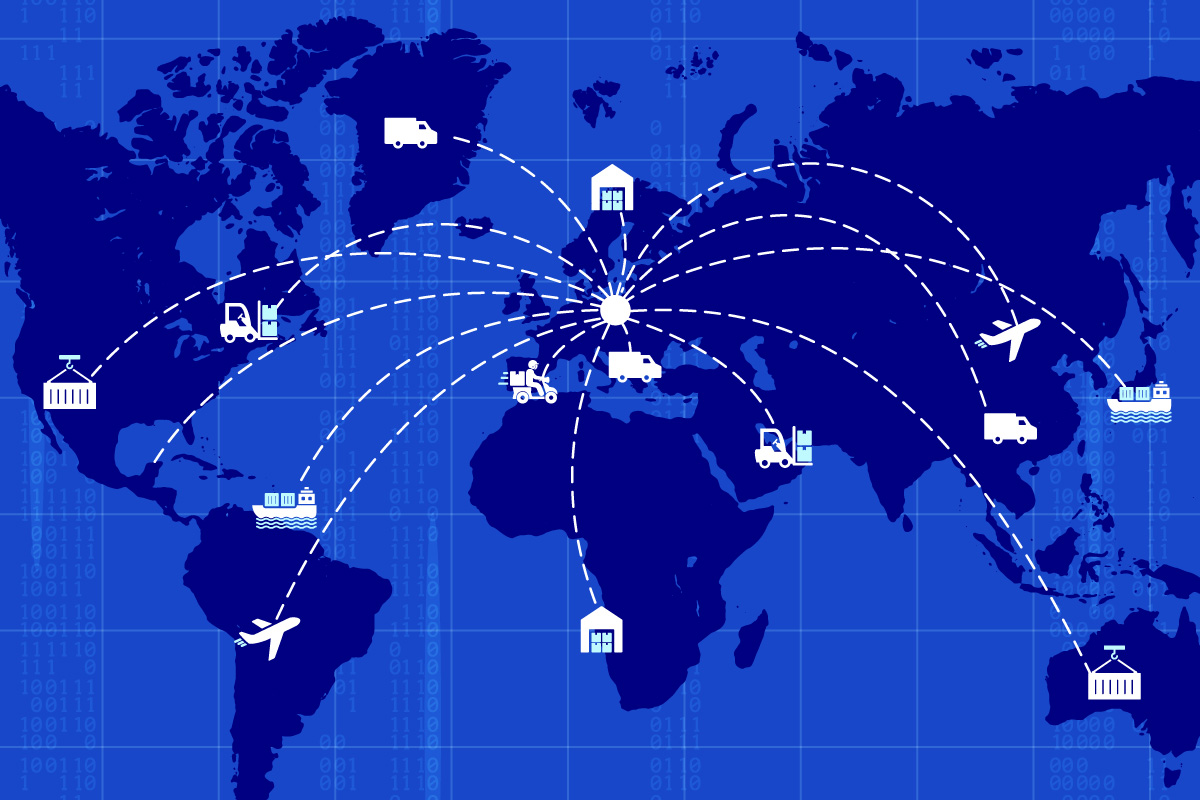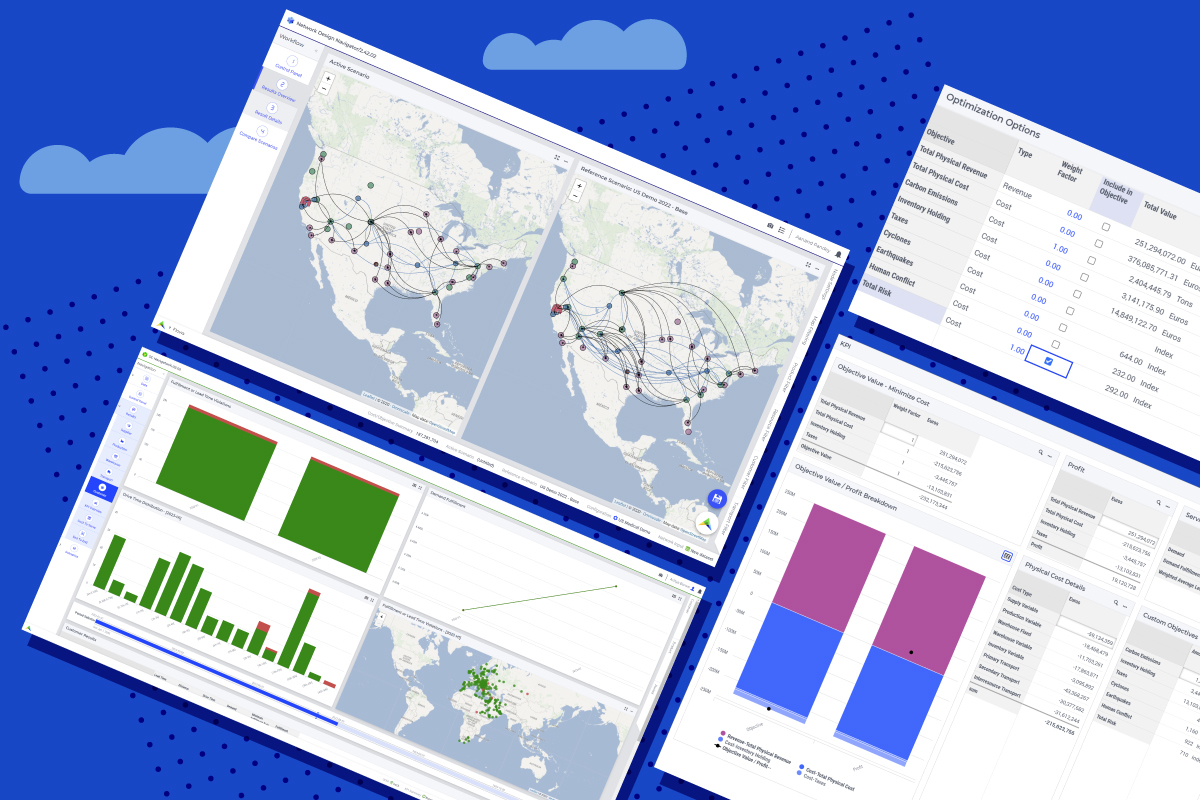3 Supply Chain Trends to Keep an Eye On
2020 seemed a world away just a few years ago and yet, here we are. This promises to be a very eventful year. What’s on the horizon for supply chain professionals? Here are three supply chain trends to consider.
Sustainability on the agenda
Companies are increasingly under pressure to become more green. Moving past waste, water, and C02 reduction, they have begun searching for renewable energy sources, different forms of packaging, and increased efficiency overall. More and more enterprises will be focusing on processes like ethical sourcing, reverse logistics, and using green materials in response to public demands. Brands like Patagonia are leading the conversation here. Pepsi announced that they are aiming to cut 20% of their emissions by 2030 and their U.S. operations will be powered by 100% renewable energy this year. Microsoft also announced they plan to be carbon-negative by 2030.
Many are relying on advanced analytics to optimize their supply chain for sustainability. AIMMS is used by several organizations for this purpose. The Institute of Forest Management from the Technical University of Munich developed an AIMMS model that helps forest enterprises consider risks and strategies for carbon mitigation. Dubbed YAFO, the modeling tool also helps users understand how forests will adapt to a changing climate, drawing on data from multiple European countries.
Many are relying on advanced analytics to optimize their supply chain for sustainability – Tweet this
Governments are also relying on AIMMS-based tools to assess the costs and benefits of renewable energy subsidies. The Netherlands Environmental Assessment Agency developed a model to evaluate how policies that subsidize renewable energy impact the mix of renewable investments, electricity costs, renewable share, the amount of subsidies, and consumer prices in the EU electric power market.
We would love to hear about the sustainability objectives you have set for your supply chain and explore how we can help.
Demand Forecasting, an ongoing challenge
Besides the risk of extreme weather and other climate-related events, supply chain professionals are bracing for more trade uncertainty this year. The landscape is changing in Europe, with the UK officially out of the EU. Conflicts are looming and trade relations are shifting. This means demand forecasting will be an ongoing challenge this year.
Our recent Demand Forecasting survey shows that teams anticipate more complexity in the supply chain. When asked how they see their organization’s product portfolio evolving over the next 3-5 years, 53% of respondents stated they see the number of items increasing, and 43% of them expect to see increased item/product churn. Only a small percentage see portfolios staying the same, or shrinking. When we look at product portfolios in more detail, we find that 41% of respondents expect the number of items to grow at a quicker rate than sales, as well.
The vast majority are eager to improve forecast accuracy. We asked participants to rate their satisfaction with the accuracy of their demand forecast on a scale of 1 to 10. A combined 47% rated their satisfaction between a 5 and 7. Only 2% rated their satisfaction with a 10 (extremely satisfied). Many are looking into techniques like machine learning and demand sensing to achieve this. Download our report for more on the tools and techniques your peers are using, and how they see their forecasts evolving.
Supporting S&OP with prescriptive analytics
Speaking of evolution, we expect to see some significant changes in the practice of Sales and Operations Planning. Many organizations are still relying on spreadsheets to support their S&OP process but the market is moving towards more advanced analytics capabilities. Companies are already realizing that for S&OP meetings to be effective, they need to get to insights faster. The use of real-time scenarios during planning meetings can be incredibly valuable to assess the impact of supply chain disruptions and uncover opportunities. Imagine being able to make changes in different scenarios and immediately capture their impact on revenue, margin, and CAPEX. All of this is possible with prescriptive analytics.
Our customer ELIX Polymers, for instance, uses S&OP Navigator to quickly simulate the impact of any problem on their volume and EBITDA and decide on the best course of action. They can do this within an hour, with the management team interactively reviewing scenarios during a meeting – a task that would previously take them 24 hours with more cumbersome tools.
The reality is that spreadsheets and transactional systems are no longer enough to keep up with today’s shifting business landscape.
Spreadsheets and transactional systems are no longer enough to keep up with today’s shifting business landscape – Tweet this
Wrapping up
Supply chain complexity and volatility are set to increase this year. What’s on your wish list to help your team navigate change? If you’re looking for a copilot to accelerate your supply chain planning capabilities, we would be happy to share some best practices and examples. Contact us for more information.
Thanks to Tadashi Kobuke for his contribution to this post.




